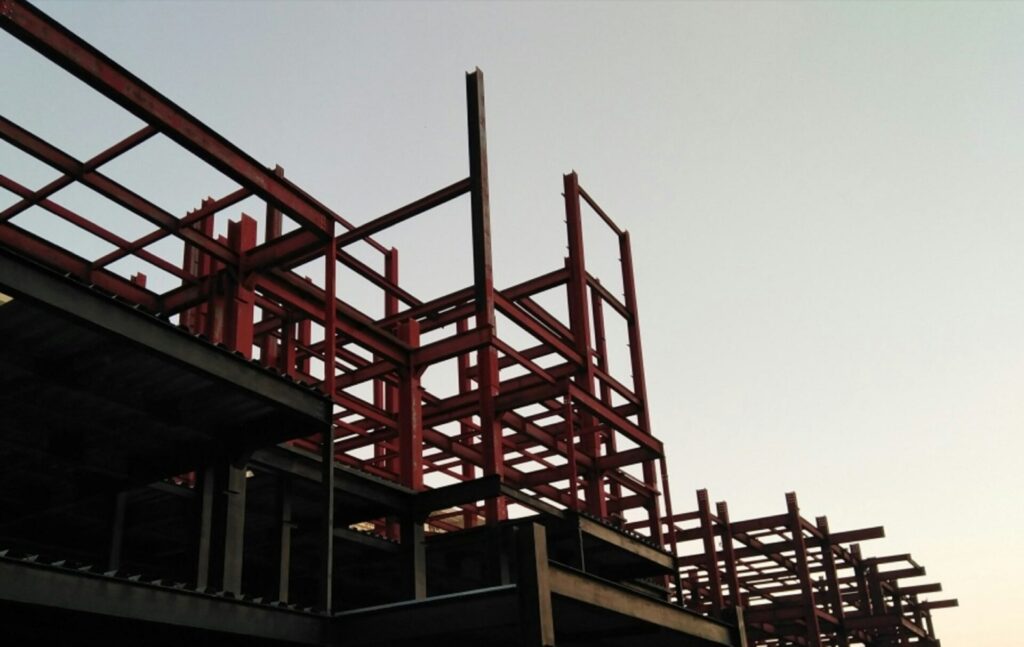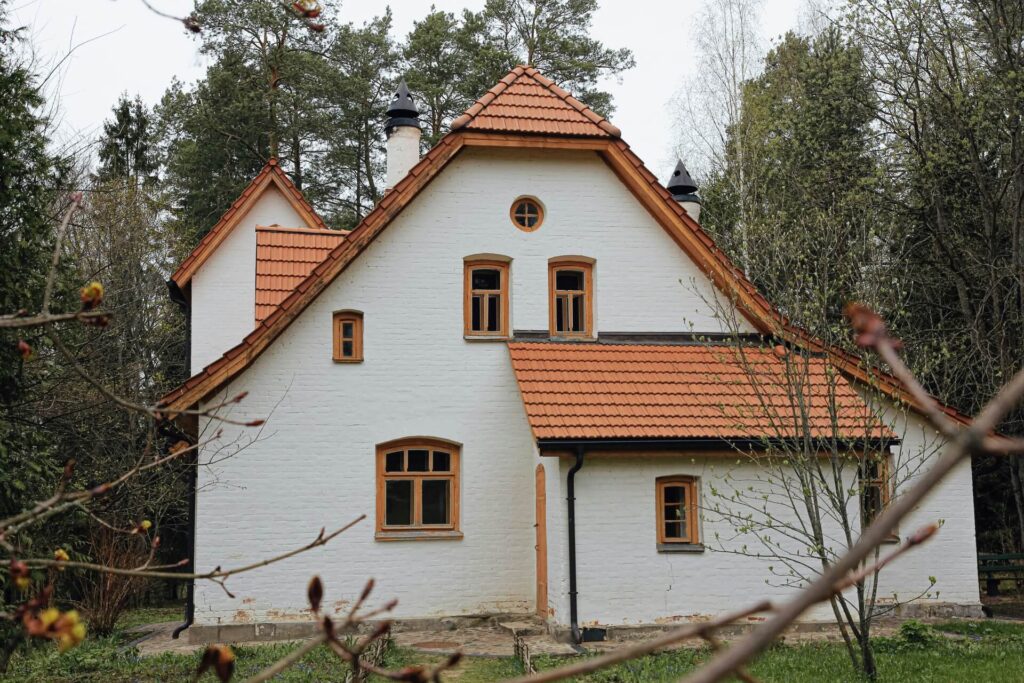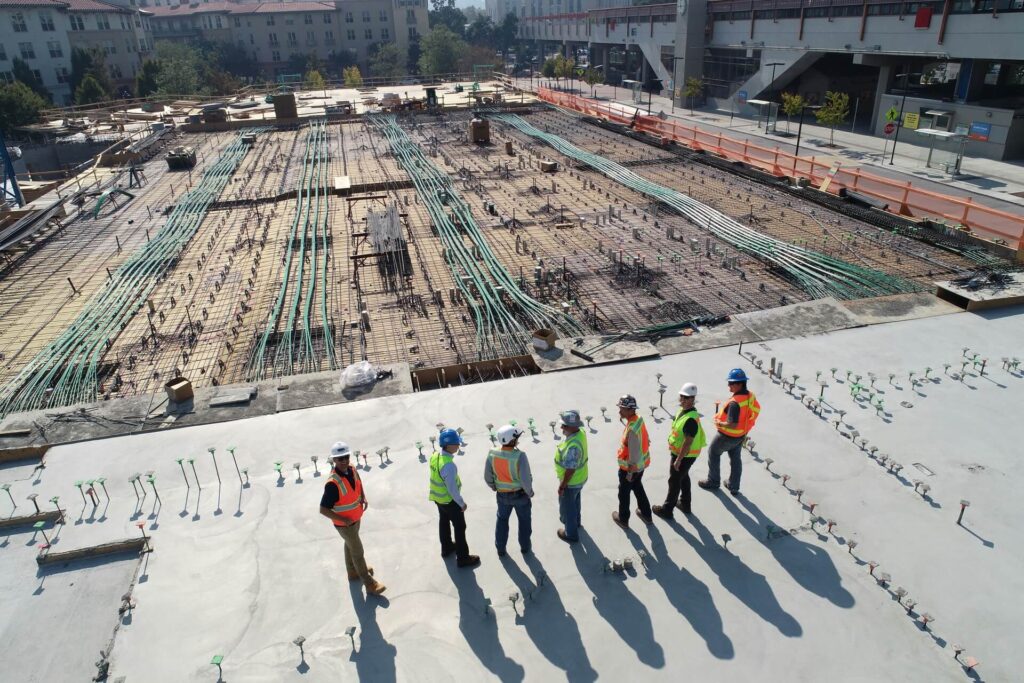
We are reader-supported. When you buy through links on our site, we may earn an affiliate commission.
If you need shelter in a hurry, a shipping container will keep the rain off your head. Although few people would enjoy living in an unimproved model, some creative individuals have transformed these structures into incredible tiny — and not-so-tiny — homes. It raises the question: can shipping container homes ease the housing crisis?
Shipping containers offer multiple advantages, yet you don’t see rows of them everywhere. What’s the holdup with repurposing this material into housing, especially amid rising homelessness rates and soaring rent prices? Are there unseen difficulties delaying the process? Let’s take a closer look at whether shipping container homes can ease the housing crisis.
Benefits of Shipping Container Homes
Shipping container homes make an attractive building alternative for several reasons. Look at the advantages.
1. Fast, No Framing
Anyone who has watched builders construct a traditional home knows that framing takes a considerable amount of time. You have to erect the studs, then add the plywood before finally reaching the facade and painting stage. Then, you still have to do all the interior work. You might stare at sticks for weeks, during which time the wood stands exposed to the elements and their damaging effects.
Shipping containers allow builders to skip several steps. They’re already enclosed, saving considerable time on framing. While you’ll want to add a roof to improve climate control, a shipping container home keeps the raindrops off your head from day one. From there, you can experiment with concepts like green roofing — an overhead garden keeps you cool, and the right rounded frame could insulate while creating a “hobbit house” appearance.
2. Easy to Insulate
One issue with shipping containers is that they aren’t insulated unless you purchase one that was originally used to transport frozen goods. However, slapping the stuff on the walls doesn’t take long.
You have options: insulating the outside and applying exterior cladding or staying inside. The only issue with inside insulation is that the wall’s shallow depth can make it challenging. However, cotton-based and mineral wool alternatives are green insulation choices with high R-values that fit the bill.
3. Sturdy Against the Elements
As climate change ushers in more powerful and frequent storms, people need homes able to withstand the elements. Shipping container homes fit the bill in many cases. For example, they’re excellent for wildfire areas as their Corten-steel construction makes them resistant.
This material also stands up to high winds over 100 mph. The exact specifications vary, but some models can withstand higher speeds, and anchoring your shipping container to a foundation makes it even heartier. It could fare better than a traditional home, thanks to the steel construction.
4. Sustainable
While steel is infinitely recyclable, it takes a lot of energy to recycle a huge container. Converting them into homes requires far less — and it isn’t like there aren’t folks in desperate need of housing.
How Long Does It Take to Build a Shipping Container Home From Start to Finish?
The build time on a shipping container home varies depending on how elaborate your plans are. Many people consider three to six months a safe estimate. You could make the structure liveable before then, although it may lack some of your typical comforts.
Paying professional contractors raises prices, although much less than for traditional homes. You could have such guidance for well under $100,000, but your roadblock could be finding licensed professionals willing to tackle the job. Contractors want to make money, and the bigger the project, the greater the profit — be aware that finding the right crew could be challenging.
However, a used shipping container alone will only set you back $5,000 to $10,000. This reality makes shipping container homes an attractive alternative for folks who are done with rising rents but for whom a traditional home is out of reach. The problem is where to place it.
Roadblocks to Using Shipping Container Homes to Ease the Housing Crisis
Many of the roadblocks to shipping container homes parallel those faced by the tiny home movement. The problem isn’t the cost of construction but legal red tape.
1. Zoning and Building Codes
Finding land on which to build your shipping container home can be challenging. Many jurisdictions have strict zoning and building codes specifying what can be constructed where. For example, residential buildings within a certain area often have minimum square footage requirements that far exceed all but the most elaborate container homes.
Cities and localities enact such legislation to protect property values. Change requires citizens to get involved and demand mixed land use, including adjusting the building code in select areas to allow adequate housing for all residents.
2. Financing
Shipping container homes may cost less than traditional models, but they’re still pricier than what most folks have in savings. However, you might struggle to find a lender willing to extend a mortgage.
If you own the land where you plan to build, you might have luck with a construction loan to mortgage the cost of your shipping container home. Otherwise, you may have to get a personal line of credit or use a credit card. Ask around — some shipping container companies offer financing options.
3. Labor
If you can DIY or have the wherewithal to learn while suffering the slings and arrows of delay-causing mistakes, you can save a fortune on a shipping container home. However, most mere mortals need contractor help, at least for the plumbing and electrical work.
Contractors want to make money. Subcontractors submit bids for extensive projects, which ensures their livelihood for the next several months but also occupies their time. Finding contractors for an entire development could be easier than locating one for a single-home project, as “odd jobs” don’t offer guaranteed income.
Evaluate your contractors carefully and take your time. Relying on unlicensed “handyman” help could leave you with problems you have no choice but to resign yourself to living with or fix yourself.
Shipping Container Homes Could Ease the Housing Crisis
Shipping container homes could ease the housing crisis. They’re simple to construct, offer superior protection against the elements and make sustainable use of existing materials to solve a current-day problem.
Local government leaders should look to partner with contracting companies to explore the value of shipping container home developments in their jurisdictions. Doing so could ease the housing crisis more quickly and affordably than new apartment buildings, offer greater benefits to residents and make your town a leader in eco-friendly and people-centered design.







